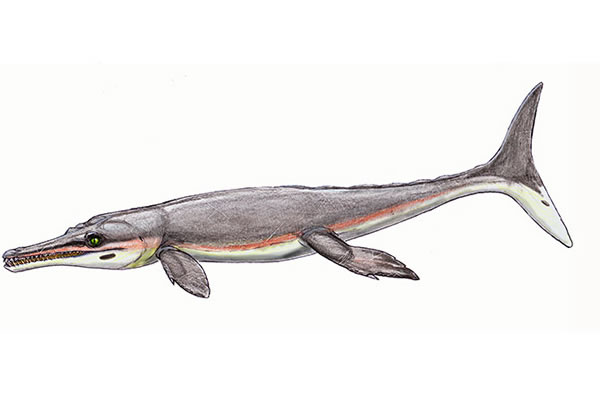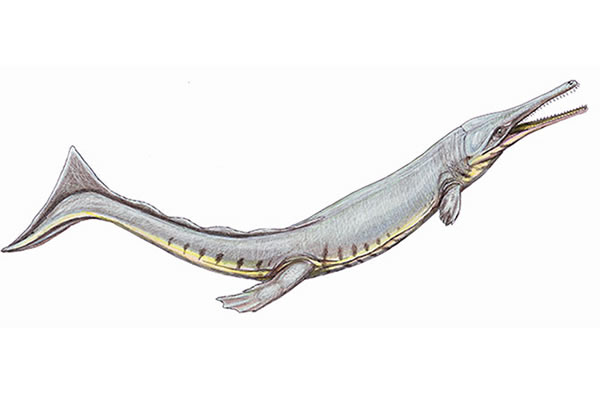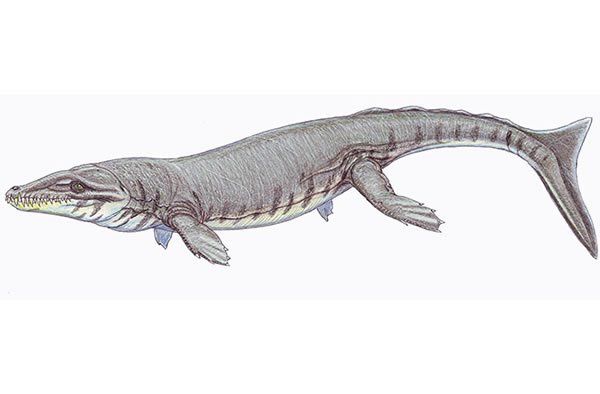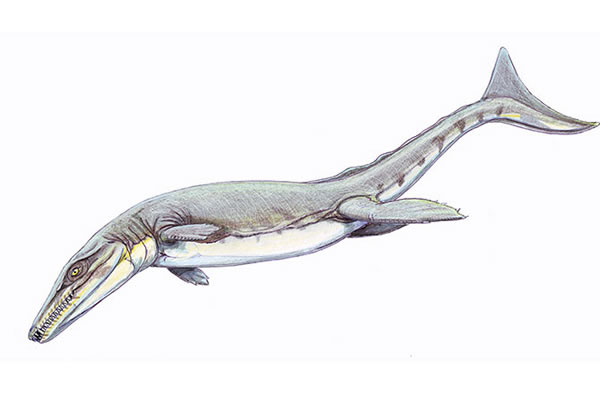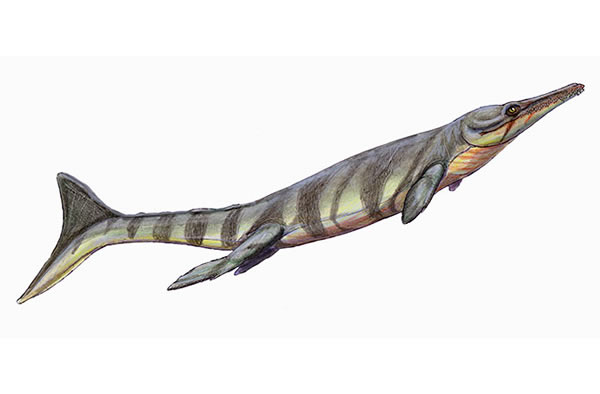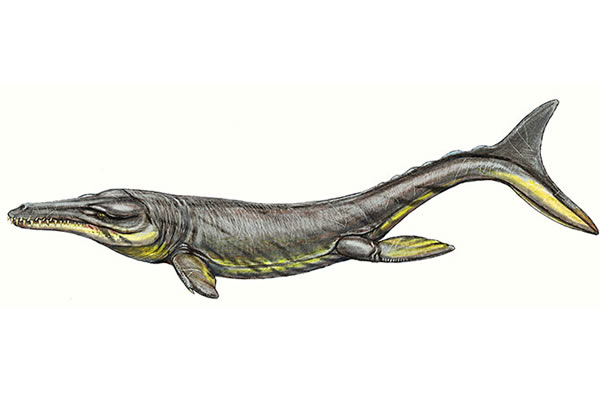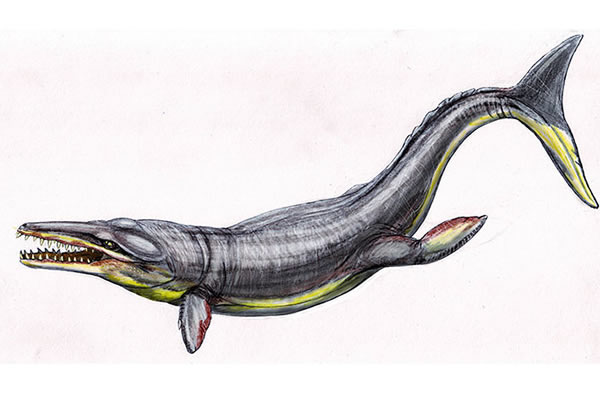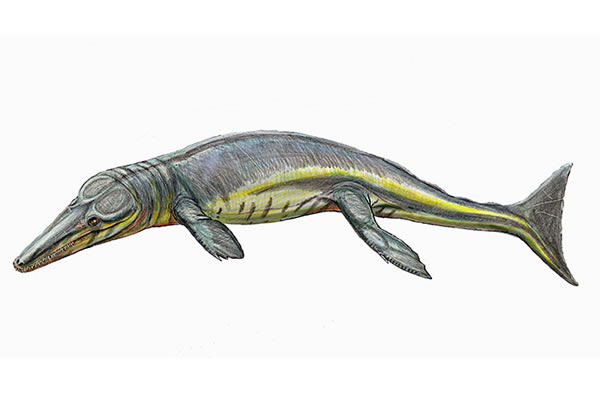Dino-Era Crocs Had Killer Jaws: Photos
Torvoneustes coryphaeus
Killer-jaw crocodiles, known for their unusually fast and powerful bites, lived from the Middle Jurassic to the Early Cretaceous. Recently discovered Torvoneustes coryphaeus --- meaning "savage swimmer" -- was one such croc. These and others of the time are collectively known as metriorhynchids.
T. coryphaeus lived about 157 million years ago and grew to be close to 15 feet long, reports a new study in the latest issue of the Zoological Journal of the Linnean Society. This croc chomped down on prey in Britain's shallow seas at the time, says lead author Mark Young of the University of Southampton's National Oceanography Centre and the University of Edinburgh's School of Biological Sciences.
Cricosaurus suevicus
This was a smaller-bodied dino-era croc that grew to about 6.5 feet in length. “Based on the shape and length of the snout, and the lack of cutting edges on the teeth," Young told Discovery News, "this species was most likely specialized to impale small-bodied prey, such as fish and squid.”
Dakosaurus maximus
During the Late Jurassic, staggeringly large plant-eating dinosaurs and armored dinosaurs that looked like living tanks roamed around. Co-existing with these massive creatures was D. maximus, which, like C. suevicus, lived approximately 152 million years ago.
D. maximus “is exceptionally unusual as it had tooth-tooth contact, a bullet-shaped skull, which is very wide and deep, with very large serrated teeth,” Young said.
Geosaurus giganteus
Yet another croc from 152 million years ago was G. giganteus. Though relatively small compared to these other ancient crocs, it was quite a hunter in waters off of what is now Germany. “This species had triangular, blade-like teeth which were finely serrated," Young said. "The upper-jaw teeth contacted the lower-jaw teeth in a scissor-like arrangement analogous to living great barracudas.”
Metriorhynchus brachyrhynchus
Waters off of France were home to huge prehistoric crocs too. M. brachyrhynchus lived there, as well as in waters off of what is now England, 165 million years ago. This croc grew to a length of about 15.5 feet.
Plesiosuchus manselii
The largest-known metriorhynchid was P. manselii. It grew to 22.3 feet long and lived 157 million years ago. To match its impressive body size, it possessed the largest known jaw gape for this type of animal and had huge serrated teeth.
“Based on its size -- and that all known teeth lack evidence of biological wear -- this species may have been analogous to living killer whale populations that specialize on fleshy-prey (such as dolphins),” Young said. “Plesiosuchus may have been a specialist in feeding on other marine reptiles.”
Torvoneustes carpenteri
T. carpenteri lived approximately 153 million years ago in waters off of what is now England. It grew to about 15.5 feet in length. “This species has a peculiar jaw-closing muscle arrangement,” Young said. “It is still poorly known, but seems to be adapted to rapidly close its jaws and apply considerable pressure on its prey.”
Tyrannoneustes lythrodectikos
T. lythrodectikos was like an odd mishmash of living animals. Its body was like that of a dolphin. It possessed a shark-like tail fin. Despite these features, it was all croc.
This one lived 165 million years ago and measured about 13.5 feet. Its home was off the waters of England, France and Poland. “This species had an odd occlusion mechanism: In the back half of the jaws, the upper and lower jaw teeth interlock vertically -- think of how two cogs interlock,” Young said. “As their teeth were serrated and relatively large, this tooth arrangement may have aided in cutting prey items into smaller pieces.”(Dec 6, 2013 05:30 PM ET // by Jennifer Viegas)
